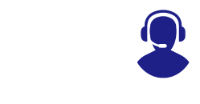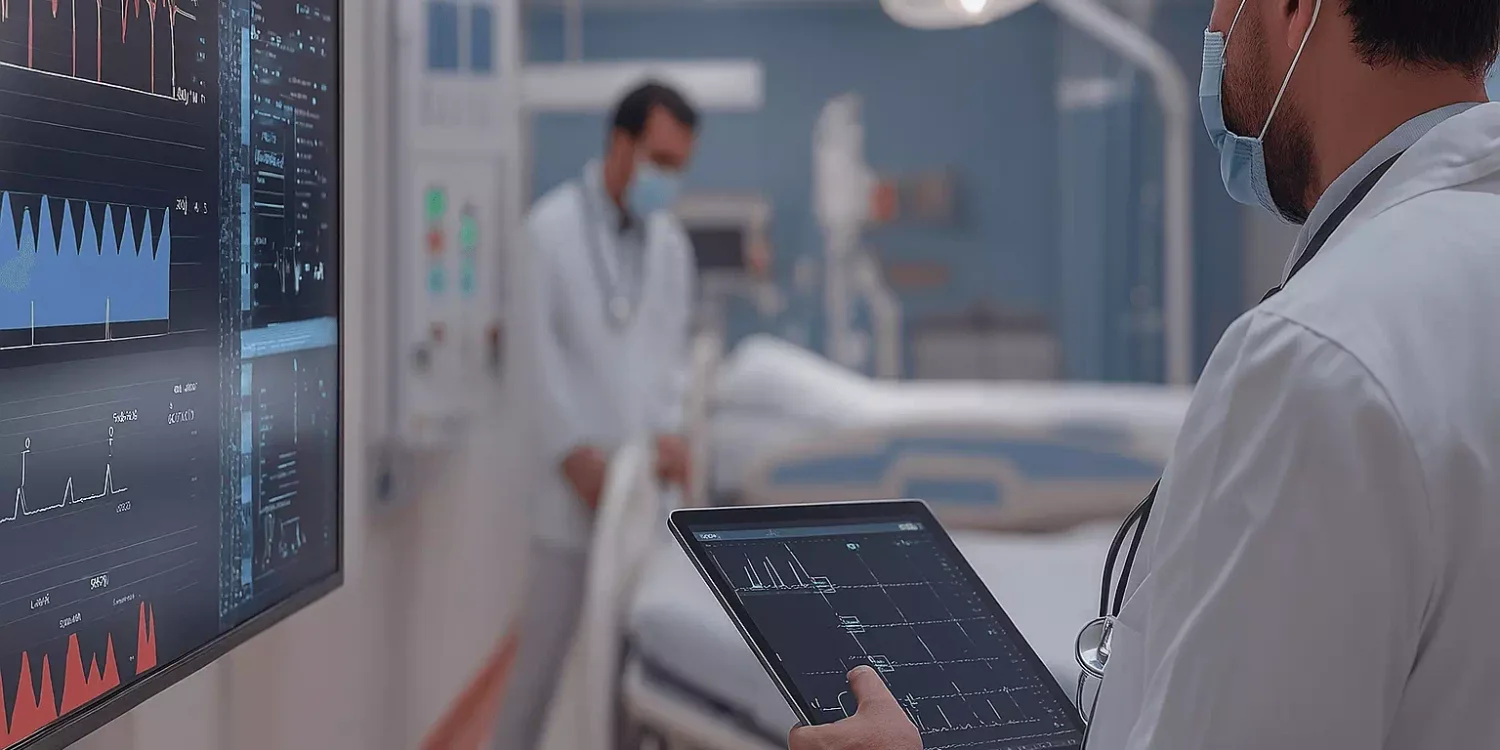Healthcare Infrastructure Across Evolving Patient Needs
The modern healthcare landscape operates within a multilayered framework. Hospitals, clinics, insurance providers, and third-party administrators are required to not only provide clinical excellence but also navigate dense administrative, regulatory, and technological workflows. As patient demands increase and digital expectations rise, the healthcare industry must scale in complexity and efficiency. Healthtech services are no longer just complementary solutions but are integral to streamlined operations and better patient outcomes.
Across the globe, healthcare infrastructure is being reinforced by strategic partnerships with service providers specializing in both talent and technology. These integrations support internal systems, extend coverage, and enable real-time decision-making without placing additional pressure on medical staff. Companies like BPOManila contribute by offering end-to-end support solutions tailored to the nuanced needs of providers and payers alike.
From managing vast electronic health records to staffing telehealth interactions, the ecosystem now benefits from scalable, compliant, and efficient outsourcing services. The goal is not simply to lighten the administrative load but to contribute to seamless medical experiences for both professionals and patients.
Clinical and Non Clinical Roles for Operational Consistency
A critical component of seamless healthcare support lies in assigning the right professionals to both clinical-adjacent and purely administrative roles. Skilled medical virtual assistants, clinical documentation specialists, claims processing experts, and medical billing personnel work in tandem with licensed professionals to ensure nothing falls through the cracks.
For example, patient coordination teams are now equipped with trained talent that understands medical protocols, appointment management systems, and HIPAA compliance. This allows front desk and call center functions to serve not only as information hubs but also as experience-enhancing touchpoints. The result is shorter wait times, reduced follow-ups, and higher patient satisfaction.
On the back end, clinical coders and medical billers navigate the complexity of diagnostic and procedural coding, insurance pre-authorizations, and post-discharge reimbursement reconciliation. Their accuracy directly impacts revenue cycles and compliance, enabling healthcare institutions to maintain healthy cash flows without compromising care standards.
Outsourced solutions have evolved far beyond basic data entry. The right outsourcing partner delivers professionals with healthcare domain training, English fluency, cultural alignment, and regulatory knowledge, all built into the service model. This capability eliminates the overhead of hiring, onboarding, and training while accelerating readiness and productivity.
Tech Platforms and AI Integrations in Healthcare Support
Technology amplifies the capacity of healthcare service providers by automating repetitive processes and enhancing accuracy. AI-driven systems, machine learning models, and cloud-based EHR platforms reduce manual workloads and eliminate redundancies. Yet, the technology is only as effective as the talent that supports and manages it.
Integrated platforms now support automatic claims validation, real-time insurance eligibility checks, predictive analytics for patient re-admittance, and even chatbots for triage support. When combined with highly skilled offshore teams, these platforms create a fluid ecosystem of task distribution and resolution.
Telehealth has become a prominent domain in this transformation. With outsourced telehealth staffing and scheduling teams, providers can scale virtual visits without expanding their in-house teams. Advanced scheduling software, synchronized across time zones, ensures patient-provider availability matches and supports patient engagement across channels.
Similarly, clinical documentation now includes AI transcription tools that convert recorded physician dictation into structured records. But even these tools require validation by trained medical transcriptionists to ensure regulatory alignment and clinical clarity. That balance of human oversight and digital tools exemplifies the future-ready model of healthcare support.
Specialized Healthcare Services for Industry Adaptability
Healthcare is not a monolith. The requirements of a pediatric practice differ greatly from those of a radiology center or behavioral health clinic. As such, support solutions must be agile and industry-specific. Outsourcing partners offering verticalized services can support providers across specialties with tailored expertise.
For example, in radiology, image annotation and report documentation require not only medical literacy but also familiarity with PACS systems and DICOM files. In physical therapy and chiropractic clinics, appointment cadence, compliance requirements, and insurance coding differ significantly. A specialized support team understands these distinctions and adapts workflows to suit the clinical objectives of each client.
This industry-specific approach ensures scalability without loss of contextual relevance. It also enables providers to branch into new markets or expand services without worrying about back-end bottlenecks. Partnering with firms like BPOManila, which supports a wide range of medical verticals, gives healthcare organizations the adaptability they need to meet shifting market dynamics.
Equipped with healthcare-trained customer service teams, EMR data handlers, and compliance-focused QA agents, the support model becomes an extension of the internal team. This fosters seamless integration without extensive transition periods or culture clashes, a critical factor in patient-centric service environments.
Risk Management and Compliance Through External Expertise
One of the biggest challenges in medical operations is regulatory compliance. HIPAA in the United States, GDPR in Europe, and local health laws in other regions impose strict mandates on data storage, access, and communication. Outsourcing medical services often raises concerns about compliance, but when done through certified and vetted partners, it can enhance rather than compromise regulatory alignment.
Third-party vendors with ISO-certified environments, encrypted data practices, audit-ready processes, and continuous monitoring systems help healthcare institutions reduce internal exposure to risk. Instead of building compliance frameworks from scratch, medical providers can lean on their outsourcing partner’s established protocols and security layers.
Risk management also benefits from dual-layer quality assurance systems. Claims processed by one team may go through a secondary review layer for accuracy and compliance. Call center conversations with patients can be recorded, transcribed, and analyzed using Ai for sentiment and adherence to script. This comprehensive oversight ensures the highest quality of output while maintaining strict adherence to local and international standards.
Moreover, outsourcing partners often keep pace with changing regulations and payer rules faster than in-house teams, simply because of the volume and variety of medical clients they serve. This agility allows their clients to remain ahead of the curve and avoid costly penalties or procedural delays.
End to End Support for Patient Centered Outcomes
At the core of seamless medical support lies a commitment to patient-centered outcomes. Every role, whether administrative, technical, or clinical-adjacent, should ultimately contribute to better patient experiences and improved health outcomes. This holistic view transforms outsourced services from cost-saving measures into strategic assets.
End-to-end support encompasses everything from new patient intake, insurance verification, and appointment setting to clinical documentation, claims submission, and post-discharge follow-up. By unifying these services under one framework, healthcare organizations can eliminate communication silos and deliver continuous, cohesive care.
The result is a seamless journey, from the first call to the final bill, with fewer delays, greater transparency, and reduced patient frustration. Support teams trained in empathy, clinical knowledge, and technical systems deliver the personalized experiences today’s patients demand. Providers, in turn, can focus on their core competency, delivering care, while backend and operational excellence is managed by specialized partners.
As the healthcare industry continues its digital transformation, providers that embrace this model gain a competitive edge in both cost-efficiency and patient satisfaction. Outsourcing is no longer a question of if, but how and with the right blend of skilled talent and smart technology, the future of healthcare support is not only seamless but superior.

